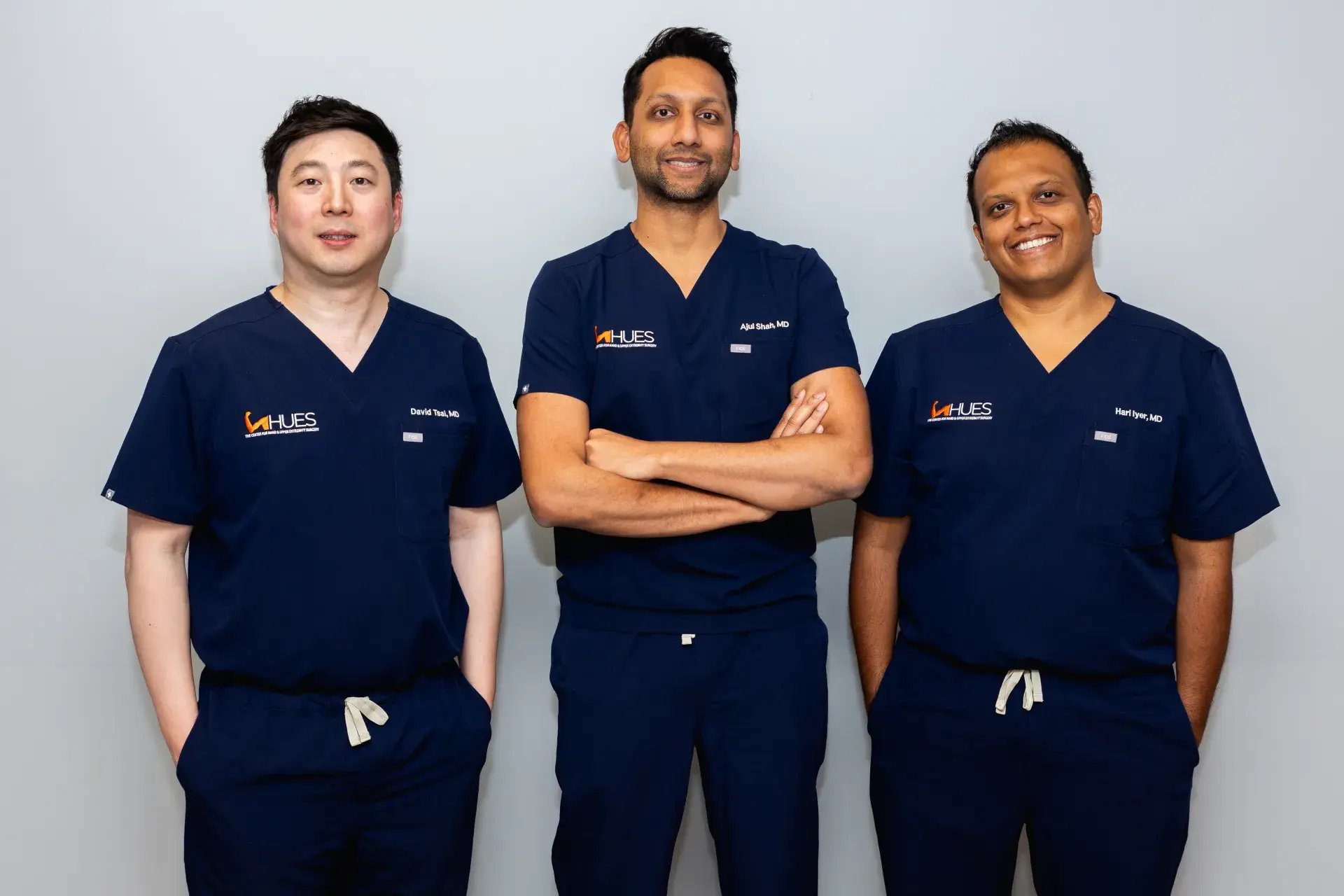Radiation-induced brachial plexopathy (RIBP) is a rare but serious side effect of radiation therapy for cancer. This condition occurs when radiation damages the brachial plexus, a network of nerves running from the spine to the shoulder, arm, and hand. RIBP can manifest as a loss of sensation or mobility in these areas, significantly impacting a patient's quality of life.
At the Center for Hand & Upper Extremity Surgery, we specialize in using advanced surgical treatments to help patients with RIBP regain function and improve their daily lives.
Radiation-Induced Brachial Plexopathy
Treatments
At the Center for Hand & Upper Extremity Surgery, we specialize in using advanced surgical treatments to help patients with RIBP regain function and improve their daily lives.
Surgical Treatments
When non-surgical approaches or treatments have not provided sufficient relief, our advanced surgical options are available to help restore function and alleviate pain. Our team of expert surgeons employs cutting-edge microsurgical reconstruction techniques to treat patients suffering from RIBP, including:
Nerve Repair Surgery:
Surgically reconnecting damaged nerves using microsurgical techniques. This procedure typically has a recovery time of 6-12 months, with gradual improvement in function. Success rates vary depending on the extent of damage, but many patients experience significant pain reduction and improved sensation.
Nerve Transfer Surgery:
Using healthy donor nerves to restore function in paralyzed areas. Recovery can take 12-18 months as the brain adapts to the new nerve pathways. This procedure has shown success in restoring function in up to 70% of carefully selected patients.
Tendon Transfer Surgery:
Transferring tendons to enable movement despite nerve damage. Patients often see improvements within 3-6 months post-surgery. This procedure can be particularly effective in restoring hand function, with up to 80% success rates in appropriate candidates.
Each procedure is performed on an outpatient basis or with a short hospital stay. Post-operative care typically involves a period of immobilization followed by specialized physical therapy to optimize outcomes. While individual results may vary, over 90% of our RIBP patients report significant overall improvement in function and quality of life following surgical intervention.
Why Patients Trust the Center for Hand & Upper Extremity Surgery
Choosing the right medical team is crucial when facing the challenges of radiation-induced brachial plexopathy. At the Center for Hand & Upper Extremity Surgery, we understand the complexities of RIBP and its impact on daily life. Our commitment to excellence in surgical care, combined with our compassionate approach, sets us apart as a trusted choice for patients seeking advanced treatment options.
Here's why patients choose us for their RIBP treatment:
Specialized Expertise:
Demonstrated Success:
Cutting-Edge Techniques:
Personalized Care:
Commitment to Excellence:
Contact Us Today
Why Patients Trust the Center for Hand & Upper Extremity Surgery
Choosing the right medical team is crucial when facing the challenges of radiation-induced brachial plexopathy. At the Center for Hand & Upper Extremity Surgery, we understand the complexities of RIBP and its impact on daily life. Our commitment to excellence in surgical care, combined with our compassionate approach, sets us apart as a trusted choice for patients seeking advanced treatment options.
Here's why patients choose us for their RIBP treatment:
Real people. Real results.
Meet Lori,
Lori Adamo, a breast cancer survivor, underwent surgery for radiation-induced brachial plexopathy (RIBP) after developing symptoms 8-10 years post-radiation. She initially experienced tingling in her left arm, which progressed to severe numbness and weakness.
Following surgery, Lori felt immediate improvement: “I came out of anesthesia and told my family, ‘I feel something.’”
Now, she has regained significant function and good motor skills, avoiding common complications. Lori advises others to “find the best doctors and never second-guess yourself” in their healthcare journey.
When to Seek Medical Attention
If you experience persistent discomfort that interferes with their daily activities, work, or quality of life, early evaluation by a healthcare professional is crucial to determine the underlying cause, receive an accurate diagnosis, and initiate an appropriate treatment plan. Seeking prompt and proper treatment can prevent potential complications and improve long-term hand health and function.
FAQs
The brachial plexus is a nerve network from the neck to the arm, controlling movement and sensation. Radiation therapy can damage these nerves over time, leading to RIBP due to inflammation, fibrosis, and ischemia. This damage disrupts signal transmission between the brain and arm, causing symptoms like pain, weakness, and numbness.
RIBP typically develops gradually, often years after radiation therapy. Symptom onset varies among individuals. Patients treated in the chest, neck, or axillary region should stay alert for potential symptoms long after cancer treatment.


